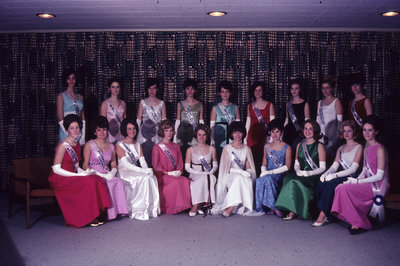Gender and Activism
Throughout this period of student unrest, female students were not always able to have active roles in organizing and carrying out protests. In student organizations such as the Student Union for Peace Action (SUPA), women recognized that their positions were often subordinate to that of men as they were relegated to tasks such as cooking and typing. Historian Roberta Lexier argues that in 1967, women used this oppression as an opportunity to organize and combat the “common dissatisfaction with the position of women in student organizations". The publication of “Sisters, Brothers, Lovers…Listen…” by female members of SUPA encouraged women to consider the oppression they were subject to in their own lives and also attempted to transform gender roles within SUPA. This helped to increase the consciousness of female students across the country and encouraged them to use the skills they had gained from their involvement in movements to create their own women’s organizations.
Female students and faculty at SFU organized the Women’s Caucus, which was an organization that was completely independent from male involvement and focused entirely on liberating women from their current state of oppression. Lexier explains that the Women’s Caucus at SFU partnered with community members to create the Vancouver Women’s Caucus (VWC) and attempted to “challenge the traditional myths about women and their place within the capitalist system and the university". Women’s liberation groups were also forming in communities across the country as women began to come together to discuss shared experiences and act on their dissatisfactions.


